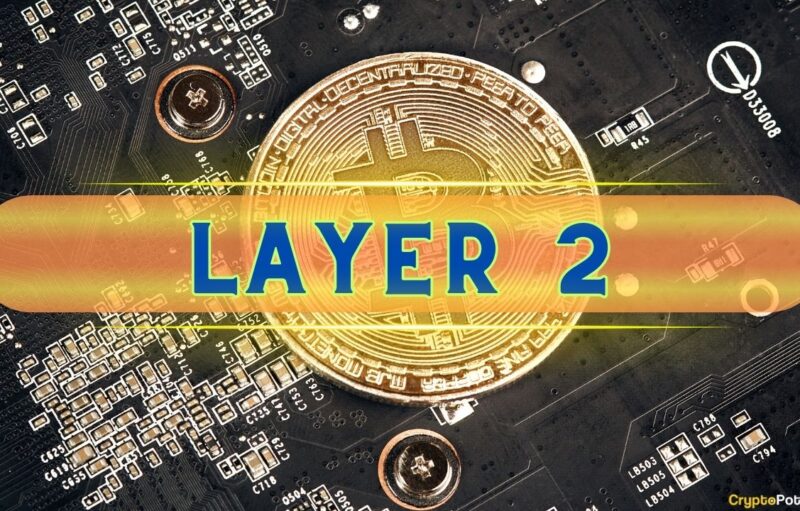
Andreas Antonopoulos, the author of Mastering Bitcoin and Mastering Ethereum, recently spoke about the scenario that could unfold in the case of a 51 percent attack, in a Q&A session on YouTube. The well-known influencer also spoke about the reason why Bitcoin was immune to such an attack.
After summarising all the things an attacker cannot do with 51 percent hash power, the author highlighted the only possible case the attacker can do. He stated that the attacker could go to an exchange and withdraw money from the Coinbase transaction or “spend on one chain,” then re-org and double-spend that money. This would be followed by the attacker going to another exchange and withdrawing that money again. He said,
“you can go to an exchange, you can withdraw the money from your Coinbase transaction that you did or from a spend that you did on one chain, then re-organize and double-spend that money and then go to another exchange and withdraw that again. So, you’ve withdrawn twice and the exchange has lost money.”
Nevertheless, the author went on to explain why this was also not an easy attack, stating that the attacker would have to “manage to wait for six confirmations,” then re-mine those six blocks while ensuring that the drop in the mining hash rate has not been noticed by anyone.
“[the attacker has to] do that secretly without anybody noticing that 51 percent of the hash rate just dropped off the network somehow and is mining secretly and then, pop back onto the network with 6 pristine blocks that came out of nowhere”
While one of the hassles the attacker has to ensure is that the mining is a secret, the other is that the exchange should not have changed the confirmation time. He elaborated that an exchange would change to a higher confirmation time if it noticed that a majority of the hash power dropped off the network.
“If I’m running an exchange […] I’m going to be like ‘Okay, here we go, someone’s playing games. Let’s change our confirmation time to 10 blocks just to make sure.’ Your entire plan is now squandered. You are going to have to go even further back in order to re-mine this.”
This, in turn, would lead to a situation where the attack would not only be difficult and risky but also very expensive and has “very little possible benefit.” He stated that this was also the reason that in the “entire history of proof-of-work chains,” a 51 percent attack occurs in only blockchains with “very very low security.” He added that this would either happen when the chain is relatively new or has undergone a “catastrophic collapse in their proof-of-work due to a fork,” resulting in the chain being vulnerable to exploitation because of the shift in hash power. He said,
“It is never happened in Bitcoin and it is even harder to happen in Bitcoin because in Bitcoin we have the benefit of dedicated ASIC equipment, that cannot be switched from another chain because it’s not really used in other chains and as a result, it’s all already in Bitcoin. You can only move it from Bitcoin to Bitcoin, which is noticeable.”
The post appeared first on AMBCrypto






